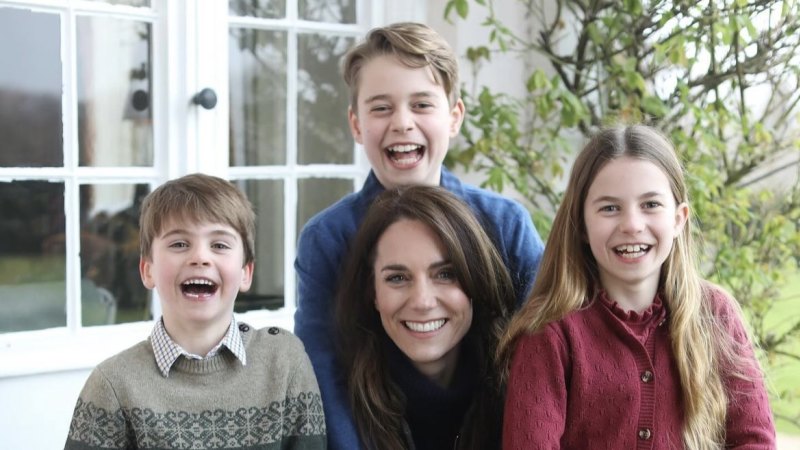Princess Catherine’s photo shows why editing is so tricky in the time of AI
“That could be a potential way forward. But I think there’s a lot that needs to happen for that to take place.”
Loading
Still, being unsure about the provenance of images doesn’t mean we need to leap to assuming that everything is AI-generated. Some recent news stories, particularly around fake images of Taylor Swift, have given the impression that anyone can create realistic-looking photos of anything. But, in truth, current AI image generation tends to produce far more obvious signs of manipulation than old-fashioned editing, and it’s rare to find images created wholly with consumer-level AI models that would fool too many people.
Potentially more concerning are the AI editing tools now available on many phones and in various software that can make small tweaks instantly that look pretty good to the untrained eye, like removing people or objects from photos or shifting the composition. Berrett said this made manipulation that used to be the realm of professionals accessible to everyone. Which isn’t necessarily a bad thing, but it’s something to keep in mind.
“It is important to remember that image manipulation has been happening for many years prior to this technology getting to the point it is at today,” he said.
Loading
“There’s been plenty of magazine covers and so on, images that have been doctored in some way, and there’s no real way of knowing unless there’s a leak or if we find something strange with it.”
It’s also interesting that this whole saga kicked off because news wires refused to distribute the image, after realising it had been edited. News outlets, of course, have had no issues running certain images in the past that they knew had been touched up, and that surely includes photos of the royals that have been issued for publicity. But today’s technology makes that fraught, especially when there are too many unanswered questions.
Berrett said a way forward for the near term could simply involve platforms and individuals being upfront when posting images, informing viewers of how the picture was created and edited.
“If you’re wanting to build trust with community, and build trust in your platforms, or you’re a source, making the statement that something’s been done to an image may make people question it less,” he said.
“But it’s very difficult to police that sort of thing.”
Get news and reviews on technology, gadgets and gaming in our Technology newsletter every Friday. Sign up here.
“That could be a potential way forward. But I think there’s a lot that needs to happen for that to take place.”
Loading
Still, being unsure about the provenance of images doesn’t mean we need to leap to assuming that everything is AI-generated. Some recent news stories, particularly around fake images of Taylor Swift, have given the impression that anyone can create realistic-looking photos of anything. But, in truth, current AI image generation tends to produce far more obvious signs of manipulation than old-fashioned editing, and it’s rare to find images created wholly with consumer-level AI models that would fool too many people.
Potentially more concerning are the AI editing tools now available on many phones and in various software that can make small tweaks instantly that look pretty good to the untrained eye, like removing people or objects from photos or shifting the composition. Berrett said this made manipulation that used to be the realm of professionals accessible to everyone. Which isn’t necessarily a bad thing, but it’s something to keep in mind.
“It is important to remember that image manipulation has been happening for many years prior to this technology getting to the point it is at today,” he said.
Loading
“There’s been plenty of magazine covers and so on, images that have been doctored in some way, and there’s no real way of knowing unless there’s a leak or if we find something strange with it.”
It’s also interesting that this whole saga kicked off because news wires refused to distribute the image, after realising it had been edited. News outlets, of course, have had no issues running certain images in the past that they knew had been touched up, and that surely includes photos of the royals that have been issued for publicity. But today’s technology makes that fraught, especially when there are too many unanswered questions.
Berrett said a way forward for the near term could simply involve platforms and individuals being upfront when posting images, informing viewers of how the picture was created and edited.
“If you’re wanting to build trust with community, and build trust in your platforms, or you’re a source, making the statement that something’s been done to an image may make people question it less,” he said.
“But it’s very difficult to police that sort of thing.”
Get news and reviews on technology, gadgets and gaming in our Technology newsletter every Friday. Sign up here.

